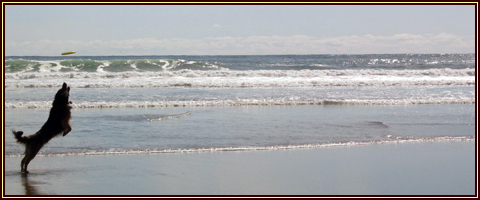Important Horse Feeding Facts
A horse’s stomach is normally small. And in addition, their intestines are actually not that long. Because of these basic facts, horses are actually incapable to take in large amount of grain at once. It is important that you give food to your horse regularly; however, the meals must be kept little. Feeding a horse three times each day is adequate.
Horses don’t have the ability to vomit. Regardless of just what a horse feeds on, whether it is molasses, oats, rusty nails or moldy hay, it has to go throughout the horse’s digestive system. Intestinal colic is one of the horse’s major concern considering that they are not capable to throw up.
Give food to your horse five to tend pounds each day if he is worked on a regular basis though keep in mind that feed rates should be based on the product labels, horse size and task level. On days whenever you work your horse harder, or simply when it is a particularly huge horse, in that case you would clearly want to give it much more grain. But in the event that you have a small breed horse or during the days when it has not worked hard, you may give food to him with less grain.
But these things could also change from horse to horse. Quality of the grain can also affect how much and exactly how frequent you give food to your horse.
Typically, you need to supply your horse one pound of hay for each one hundred pounds of weight. You need to feed your horse ten pounds of hay daily if it weighs about a thousand pounds.
But, this may differ greatly in accordance with the amount of work that your horse endures frequently. Another key factor that you should also take into account is the kind of hay you feed your horse. Making free-choice hay readily available can enhance a healthy digestive system and can also allow your horse to enjoy it at any time they like.
A balanced quantity of oats, corn, salt, molasses and trace minerals needs to be the content of your top quality feed mix.
Oats is a standard for grain feed, generally tracked or rolled in order to aid digestion. Corn is regarded as rich in fat and energy.
Salt is usually added to the feed of the horse or perhaps is supplied in the block form because it is essential for all horse feeding; but, before adding more salts, you should make sure the feed doesn’t already include salt.
To improve the taste of the feed mix, molasses, which is a source of sugar, is added in.
Trace minerals like iodine, potassium, magnesium, calcium and phosphorus, must be added in the feed mix considering that these will be essential to the wellness of the horse.
The quality mix that contains all these nutrients that make your horse remain healthy is what will make horse feeding worry free.
For more information techniques on Basic Horse Feeding Facts, simply just follow this online site’s link: Horse Feeding Facts.







